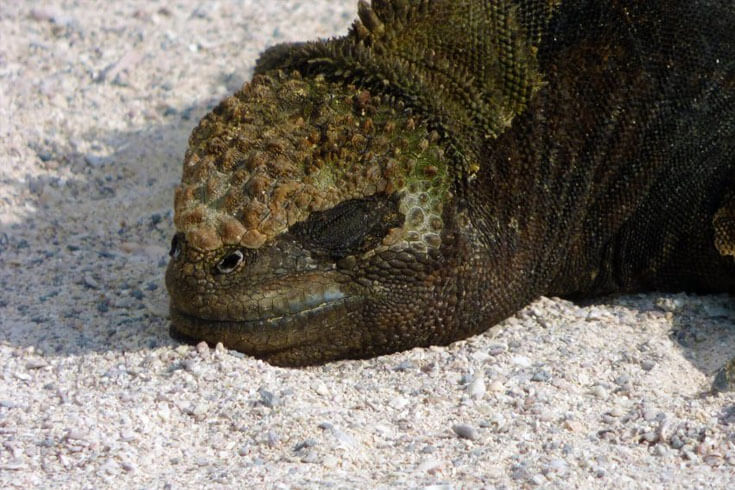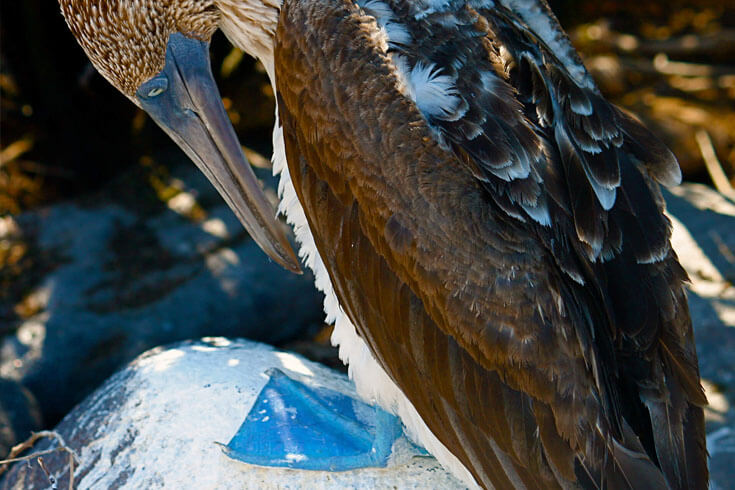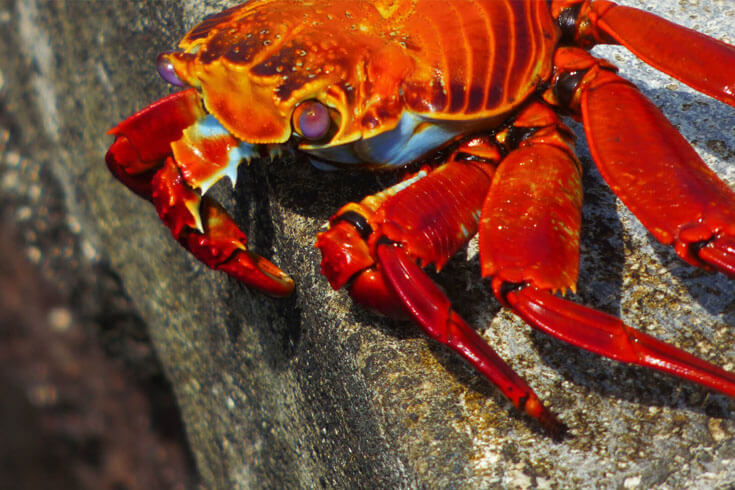The Island of San Cristóbal was the first glimpse of the Galapagos Islands for the crew of HMS Beagle. It was here that Darwin and his fellow shipmates would experience the unique landscape and wildlife for the first time. Darwin was eager to start collecting specimens and writing down his observations; he was intrigued by the rocky terrain, and amazed by how tame the wildlife was in the islands because they had never had to fear human’s before.
Use this key to help you read the map above, and explore San Cristóbal!
| Follow Darwin’s journey across Galapagos | |
| Observations that Darwin made while in Galapagos | |
| Important ideas that would eventually lead Darwin to make further discoveries | |
| Invasive species that can be found on this Island |
San Cristóbal Facts!
Fascinating Fact: San Cristóbal was the only island where the Beagle crew collected tortoises for food!
Fascinating Fact: It is the only island where fresh water can be found.
Area (km)
Population Now (Approx.)
Highest Elevation (m)
What amazing species did Darwin encounter in San Cristóbal?
As well as the species featured above, Darwin also encountered a whole host of other species including: Pacific red sheephead, Scorpionfish, Lentil moray eel, Bullseye puffers, Nazca boobies, Rice rats, Candelabra cactus, Galapagos tomato plant, Prickly pear cactus, Gray matplants, Blue leafed heliptropes, Carpetweed, Chaff flower, Pearl berry shrubs, Incense trees, Croton trees, Scalesia incisa, Wild cotton, Waltheria, Leather leaf, Extra large form of the ground finch, Vermilion flycatcher, Various shells and insects.
Living Legends
Linking Darwin’s Observation’s with Modern Science
The Marine Iguana
Darwin wanted to find out and observe the feeding habits and behavior of the iguanas, so he carried one to a pool that was still full from high tide and threw an iguana in. Rather than feeding the iguana returned to where Darwin stood. He chased it back into the sea, but it came out again. He observed how the iguana moved with “perfect ease and quickness” and had “a serpentine movement of its body and flattened tail.” He also noted how its limbs and claws were adapted to be able to climb out of the water onto slippy and vertical lava.
Although he might not have realised it at the time, Darwin had just met the only iguana in the world to feed underwater! Today, Zoologist Amy is studying marine iguanas to help protect them. She uses up-to-date scientific methods to study the iguanas and to find out more about their evolution – she certainly doesn’t throw them in the water to see if they come back like Darwin did!
CLICK HERE to find out more about amazing marine iguanas, and Amy’s studies in Galapagos.





